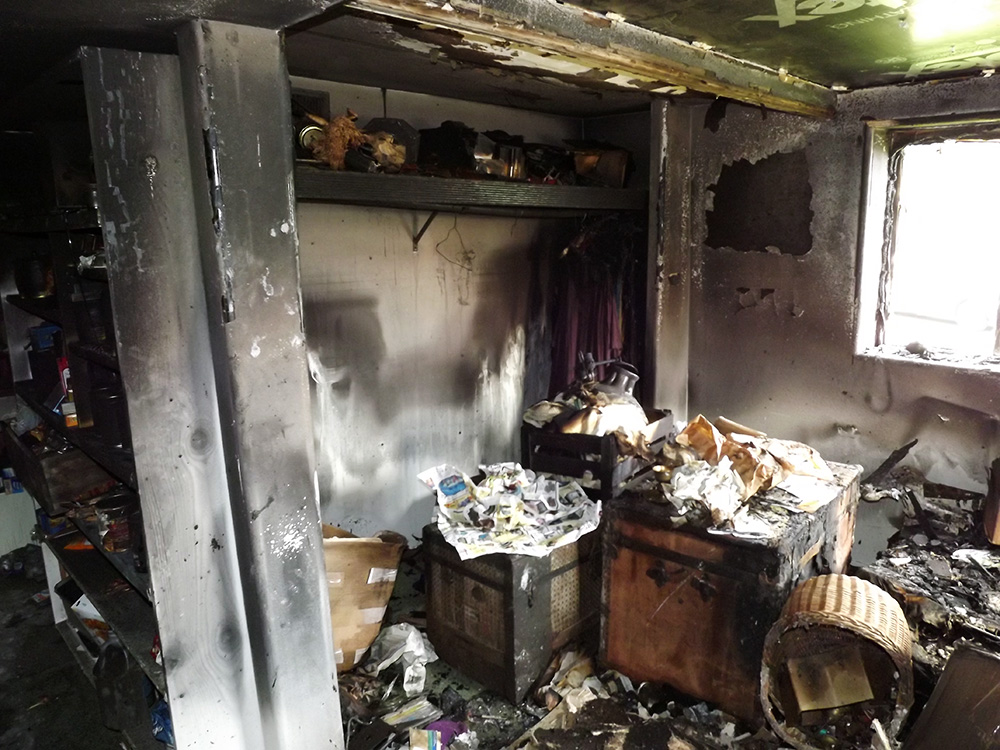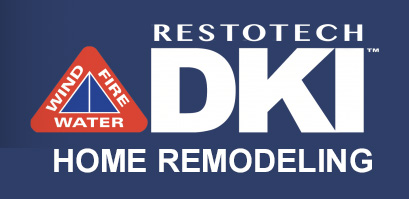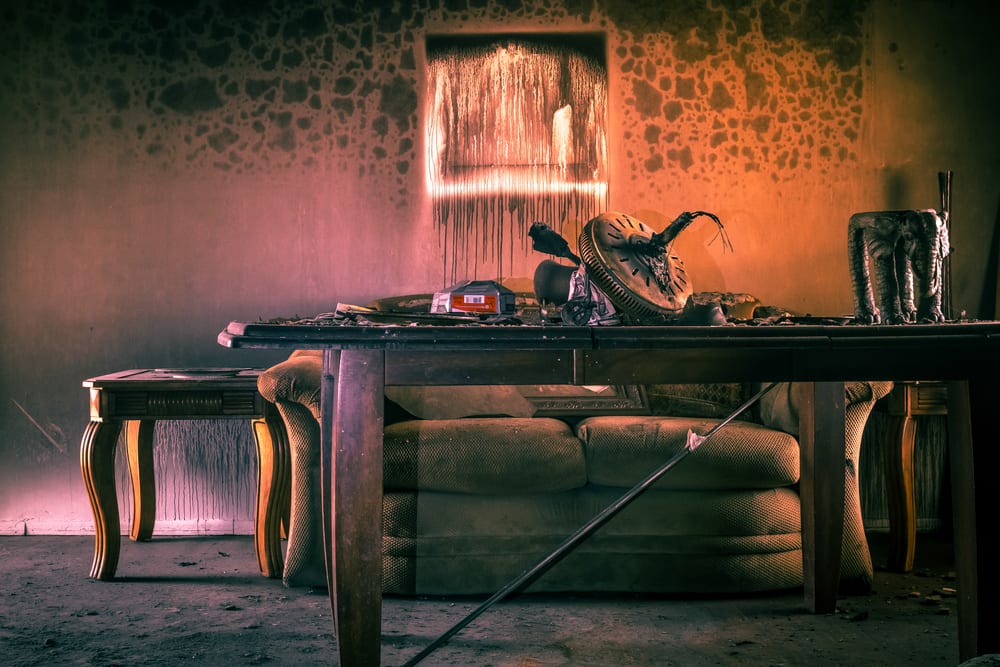You’ve had a fire. The fire department has actually come, put the fire out and all you see is one huge mess. Upon closer investigation concerns come.
I. What method do we utilize to eliminate the soot and charcoal to evaluate the damage?
- High-pressure water blasting leaves behind water in electrical elements, equipment and insulation, if not properly gotten rid of will cause undesirable corrosion and rot, increasing clean-up, damage, and long term upkeep expenses.
- Soda blasting leaves to water and soda behind, which needs additional clean-up, increasing clean-up, damage and long term upkeep expenses.
- Sandblasting leaves abrasive blast media behind, which if not cleaned up appropriately continues to cause damage in electrical parts, gears, and bearings. It continues to fall from horizontal surface areas, fractures and beams years after the task is done, increasing cleanup, damage, and long term
maintenance expenses. - Dry ice blasting is the ultimate surface cleaning process, it leaves no secondary waste stream behind. The only clean up after the solidified carbon dioxide blasting task is done is the elimination of the debris triggered by the fire.

II. How do we eliminate the soot, charcoal and smoke film from masonry and steel surfaces?
- Once again this is an exceptional application for solidified carbon dioxide blasting. See the motion picture clips on our website to see how solidified carbon dioxide blasting cleans soot, smoke, and charcoal from various types of surface areas.
III. Will we be able to get rid of that dreadful smoke smell?
- The removing of the smell is achieved by eliminating the smell source and/or sealing the smell source to encapsulate it. Dry ice blasting gets rid of the soot, charcoal and smoke movie, which is the smell source, from available areas.
- Throughout a fire air current bring smoke and soot into cracks, openings and locations not in close proximity to the fire itself, additional cleaning and/or sealing of these places and inaccessible areas may be needed.
IV. Can we accomplish our clean-up without adding hazards to our environment?
- Solidified carbon dioxide blasting is safe and eco-friendly. Solidified carbon dioxide is pure CO2 in its solid-state, it remains in its gaseous state in the air around us. When we inhale our bodies use the oxygen and we breathe out CO2. Green plants take CO2 from the air and produce oxygen.
- Solidified carbon dioxide blasting is non-toxic, non-conductive and there is no employee direct exposure to dangerous cleaning chemicals or solutions. Solidified carbon dioxide blasting meets the standards of the USDA, EPA, and the FDA.
Glass-railing, Kitchen remodeling, Countertops, Wood flooring, Outdoor living, Bathroom remodeling, Laminate, Medallion, Cabinet, Tile flooring, kitchen renovation, Shower & Bath, Garage door, Vinyl flooring , Marble culture

